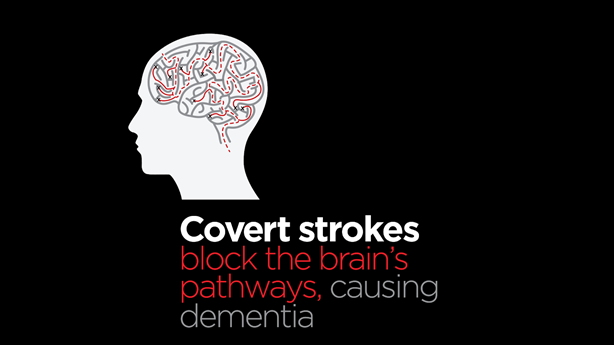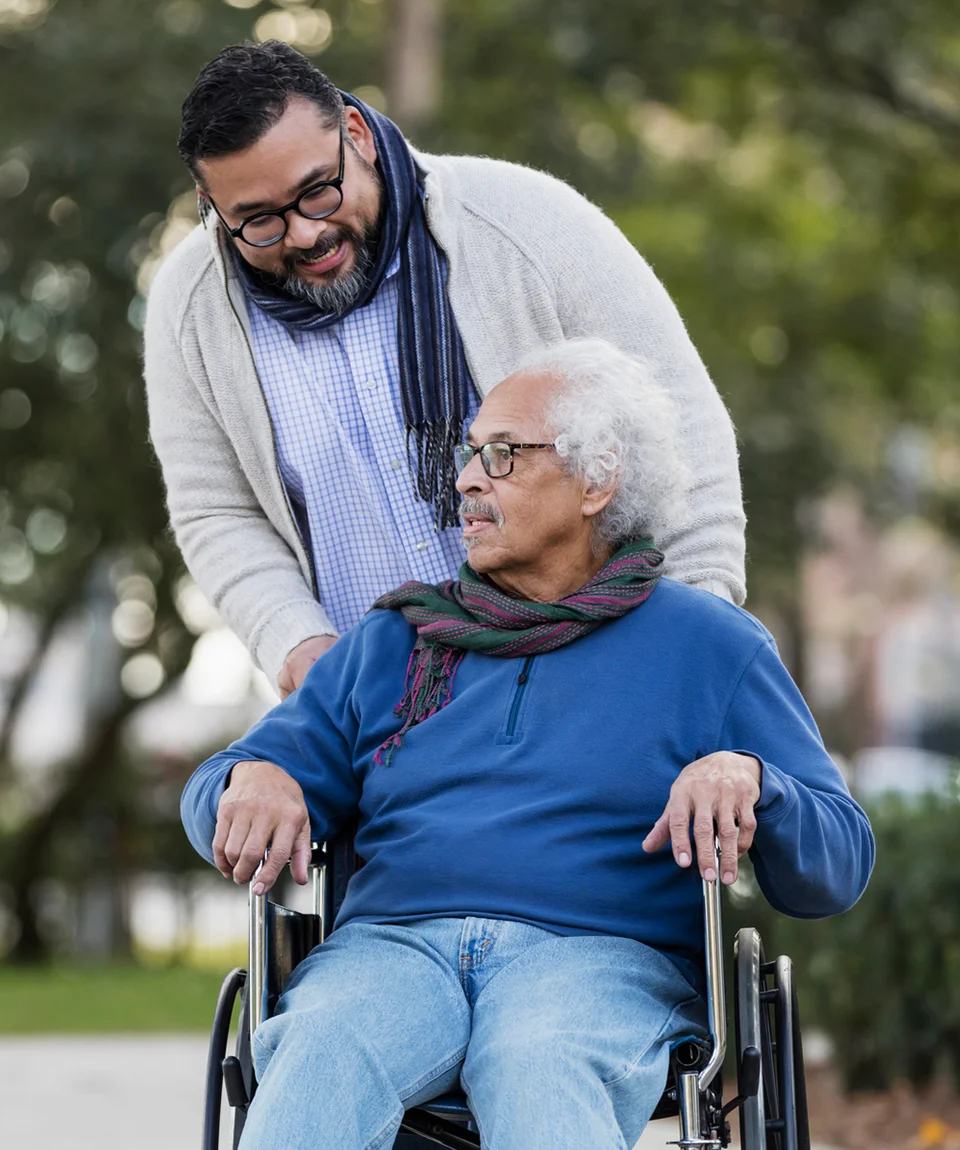Stroke happens when blood flow to your brain is interrupted, and cells are damaged or die as a result. This damage can lead to dementia. And it happens more than you may think. Shockingly, having a stroke more than doubles your risk of developing dementia.
New research is resulting in greater understanding of the link between stroke and dementia, and how to reduce their impact.
Clinical vs. covert strokes
Clinical strokes are a medical emergency. They’re recognized by the FAST signs of stroke, which include face droop, arm weakness or paralysis, and speech that is slurred or jumbled. But some strokes aren’t so obvious: Covert strokes have no physical or functional signs — and then dementia symptoms may start.
Research is revealing more about the impact of covert strokes:
- Covert strokes occur five times as often as more obvious (or clinical) strokes.
- Covert strokes are responsible for at least one-third of all dementia.
These covert strokes weaken connections among various parts of your brain and affect “executive function” — a set of mental processes that help you get things done. These include planning, organization, processing information, multi-tasking, problem solving, decision making, reasoning and finding your way around.

Stroke can cause dementia at any age
The older you get, the higher your risk of stroke and dementia. But since stroke risk factors are increasing in younger adults, so is the risk of dementia — even in your 40s or 50s.
And when executive function is impaired, it can be difficult or impossible to work and earn a living. Your social life, relationships, and activity level may all change, affecting your independence.
Prevent stroke. Prevent dementia.
The connection between stroke and dementia is frightening, but when we prevent one, we help prevent the other. And that means tackling risk factors that are common to both, including:
- high blood pressure
- high cholesterol
- diabetes
- physical inactivity
A good place to start is taking the Heart&Stroke Risk Assessment to know your risks and what to do about them.
Prevention goes a long way: Research shows that controlling modifiable risk factors can reduce dementia by 50 per cent.
But what if you’ve already had a stroke or transient ischemic attack (TIA) your risk of another stroke or TIA increases dramatically — so does your risk of dementia. Secondary prevention can help you reduce your risk for both, and improve your recovery. Learn more about secondary prevention in our 2016 Stroke Report.
The reason for research
Dr.Eric Smith’s PURE-MIND study is the first in Canada to look at covert strokes that happen not just in people in their 70s and 80s, but those in their late 30s, 40s and 50s. His work will help identify people in midlife who might be at risk for memory and thinking problems later in life, and potentially prevent them from happening. Heart and Stroke funded researchers are on the brink of critical findings that could change how we diagnose, identify and prevent both clinical and covert strokes. While stroke experts are trying to find answers, what we know for sure is that lack of funding is jeopardizing crucial research. Don’t let that happen.
